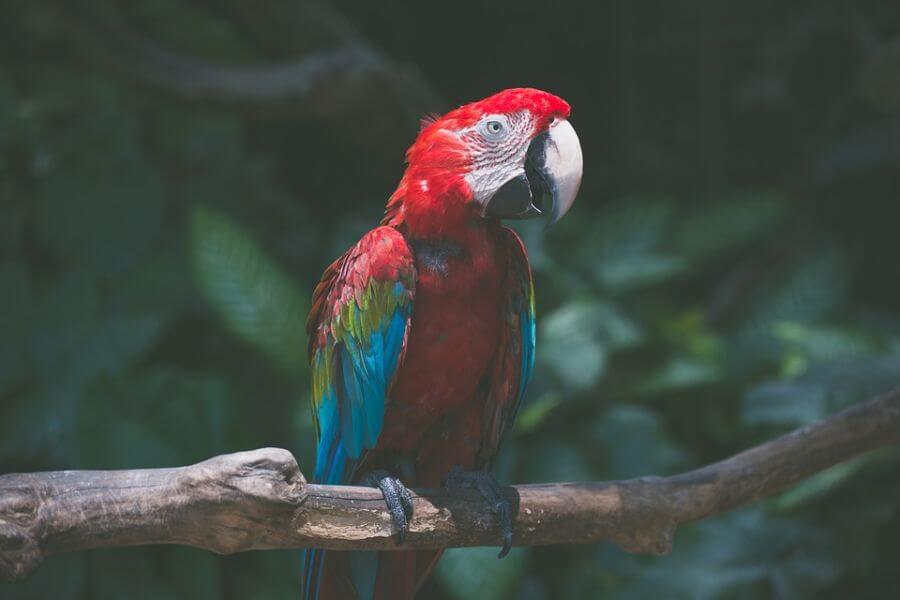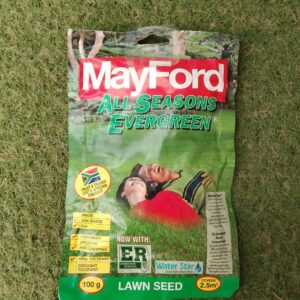Feeding your pet bird
DIY and how-to

Feeding your Pet Bird
Just as mammals can be divided into categories based on their primary diet (carnivore, herbivore and omnivore), birds can be categorised into florivore, frugivore, granivore, nectarivore and omnivore.
Florivores – Military macaws, blue and gold macaws, and red-faced parrots are florivores and their primary diet consists of seeds, fruits, nuts, bark, roots and berries.
Frugivores – Blue-throated macaws and green-winged macaws are frugivores and they mostly eat fruit, flowers, some nuts and seeds.
Granivores – Budgerigar, cockatiels, and hyacinth macaws are granivores and they mainly live off grains and seeds.
Nectarivores – Nectarivores live on nectar, pollen, some insects and seeds and birds that fall into this category are lorikeets and lorry.
Omnivores – Omnivorous birds like the sulphur-crested cockatoo and red-tailed Amazon mainly eat seeds, fruit, insects and invertebrates.
Strangely enough, even related birds’ primary diets differ. For example, wild hyacinth macaws eat mostly nuts, while a blue-throated macaw eats mostly fruits. There are also different nutrition recommendations within each bird classification, because even though both hyacinth macaws and budgies are considered granivores, budgies eat mostly seeds whilst their cousins eat mostly palm nuts.
Always bear in mind that the seeds we commercially buy for our companion birds are not the same seeds they would find in their native habitats. Since birds decide what to eat by sight, texture and taste, they tend to select only their favourites and leave the rest, resulting in a diet which is limited to only several types of seeds and can, in turn, lead to nutrient deficiencies.
The best diet for most seed-eating birds consists of formulated diets (such as pelleted foods), vegetables, small amounts of fruit, and an occasional treat.
For most species, pelleted food should be 65-80% of the diet, vegetables should make up 15-30% and the remainder can be seeds and fruits.
Vegetables are a good source of vitamins, minerals, and carbohydrates. Fruits, which are higher in sugar and moisture, should comprise about 5%. It is best to provide a variety of vegetables and fruit.
You might also like
Shop online
-
- Sale!
CANDICE CARAMEL POT COVER
- Original price was: R129.99.R90.99Current price is: R90.99.
- Add to cart Learn More
-
LASHER SECATEURS
- R199.99
- Add to cart Learn More




